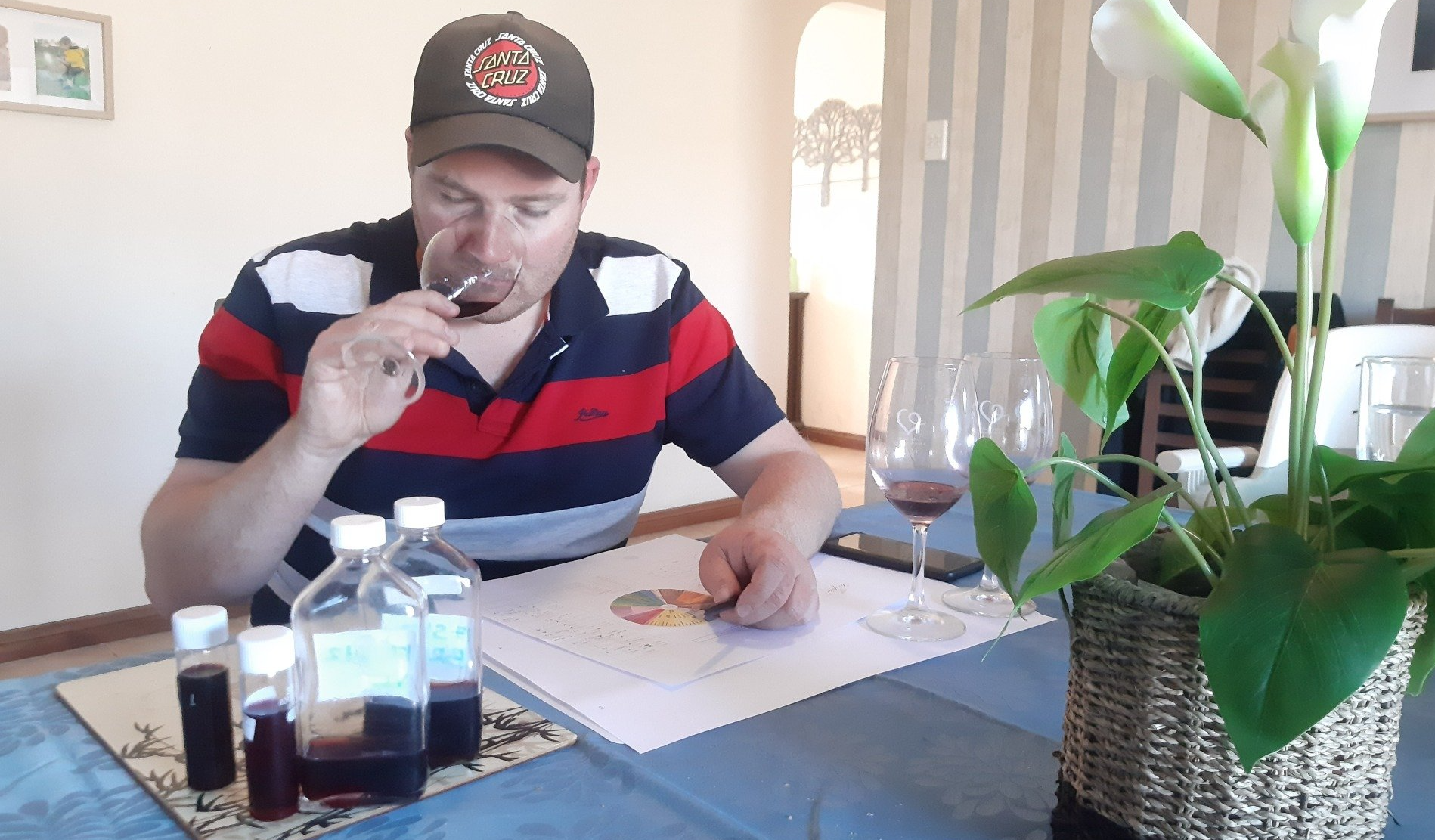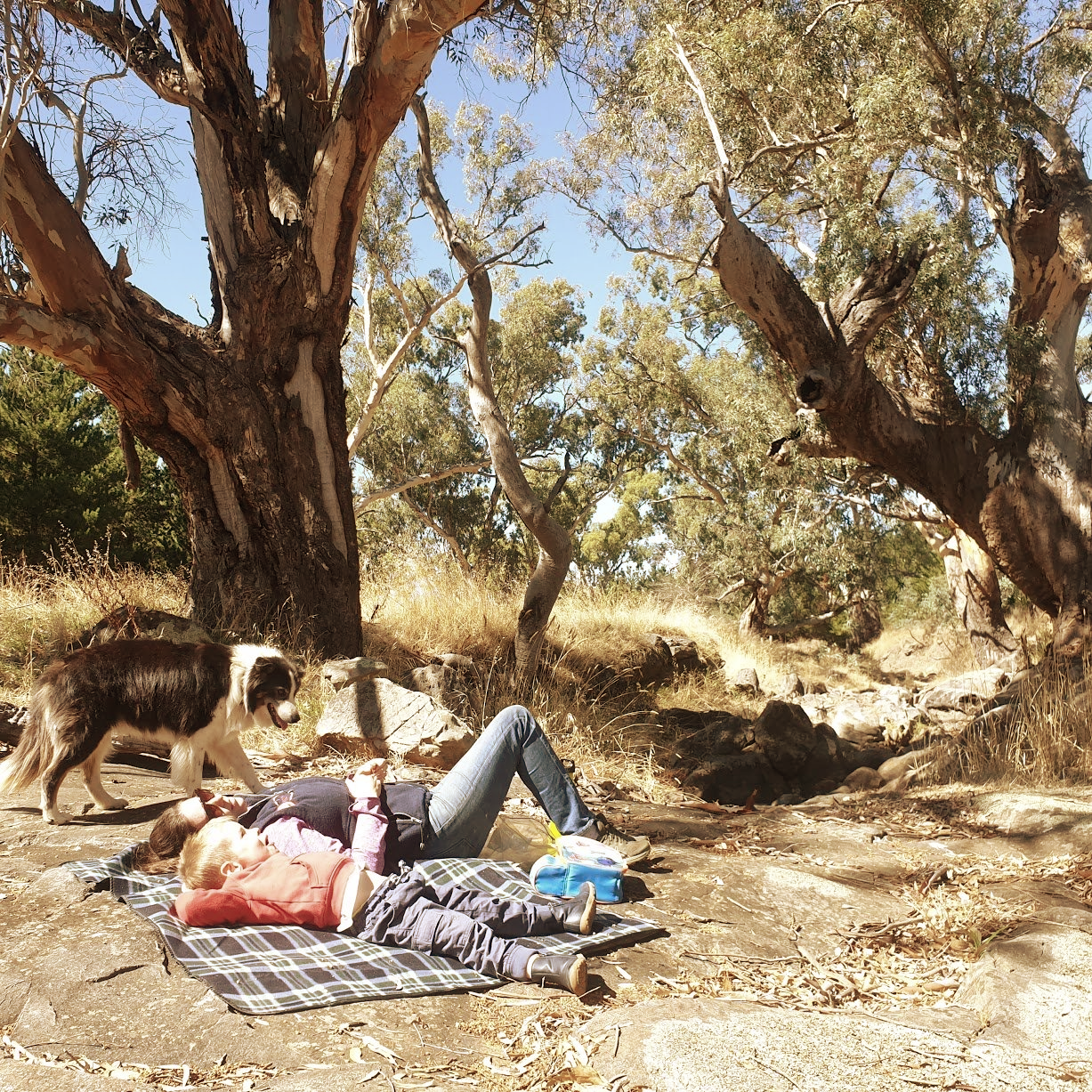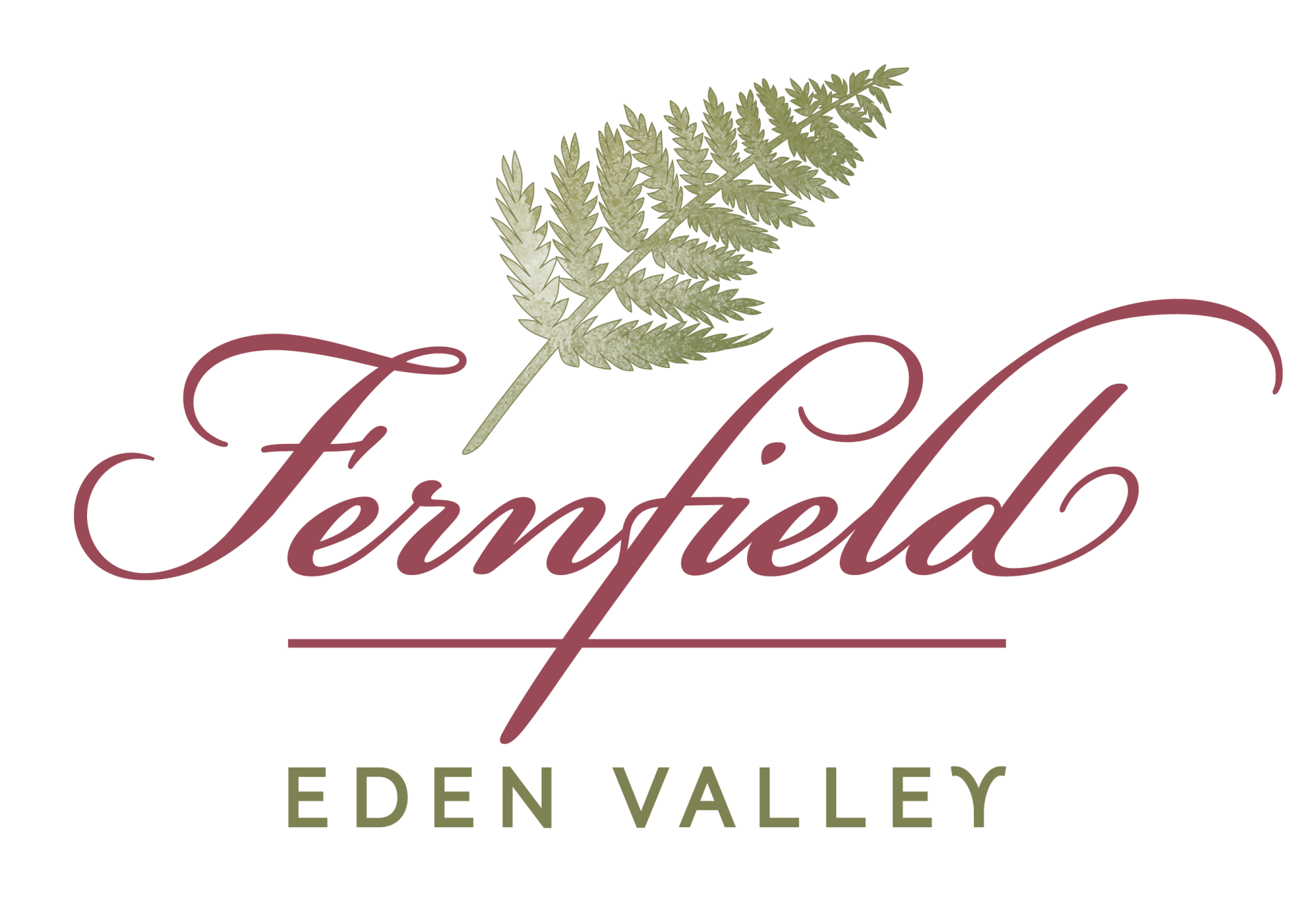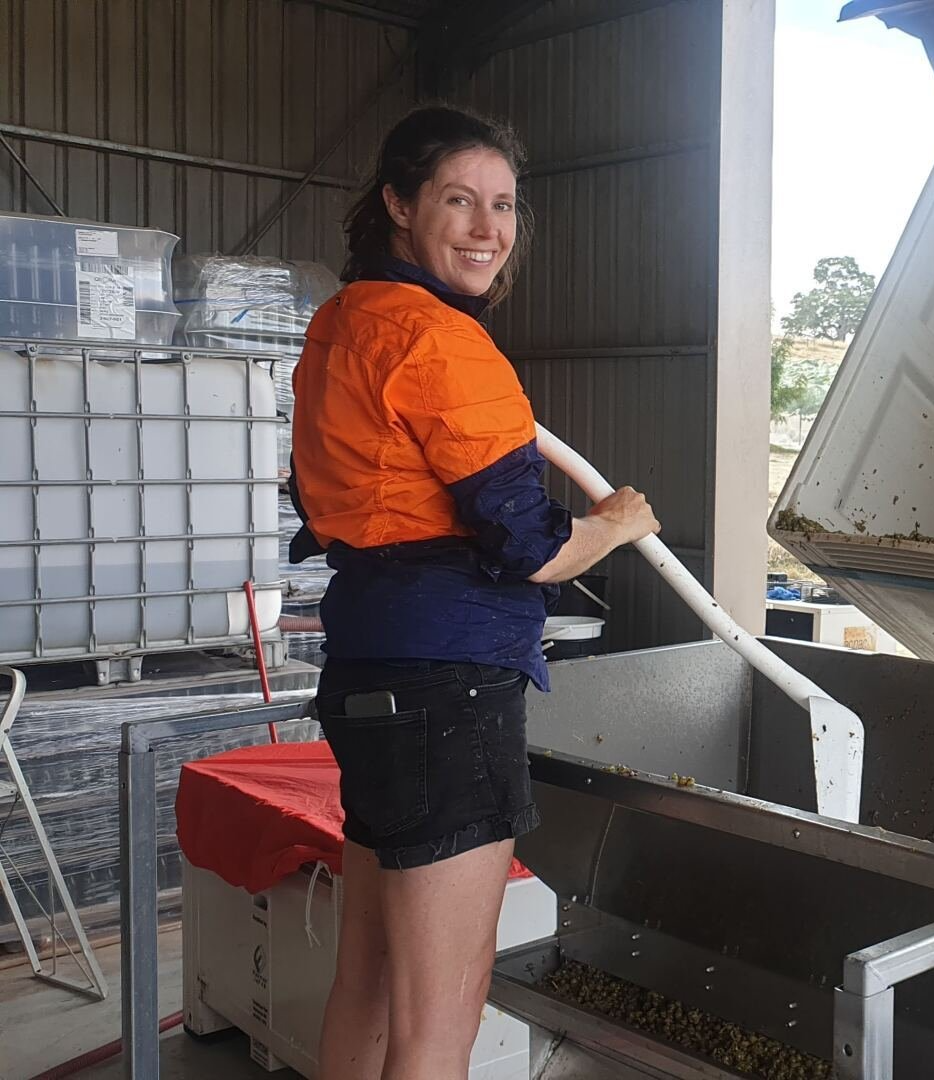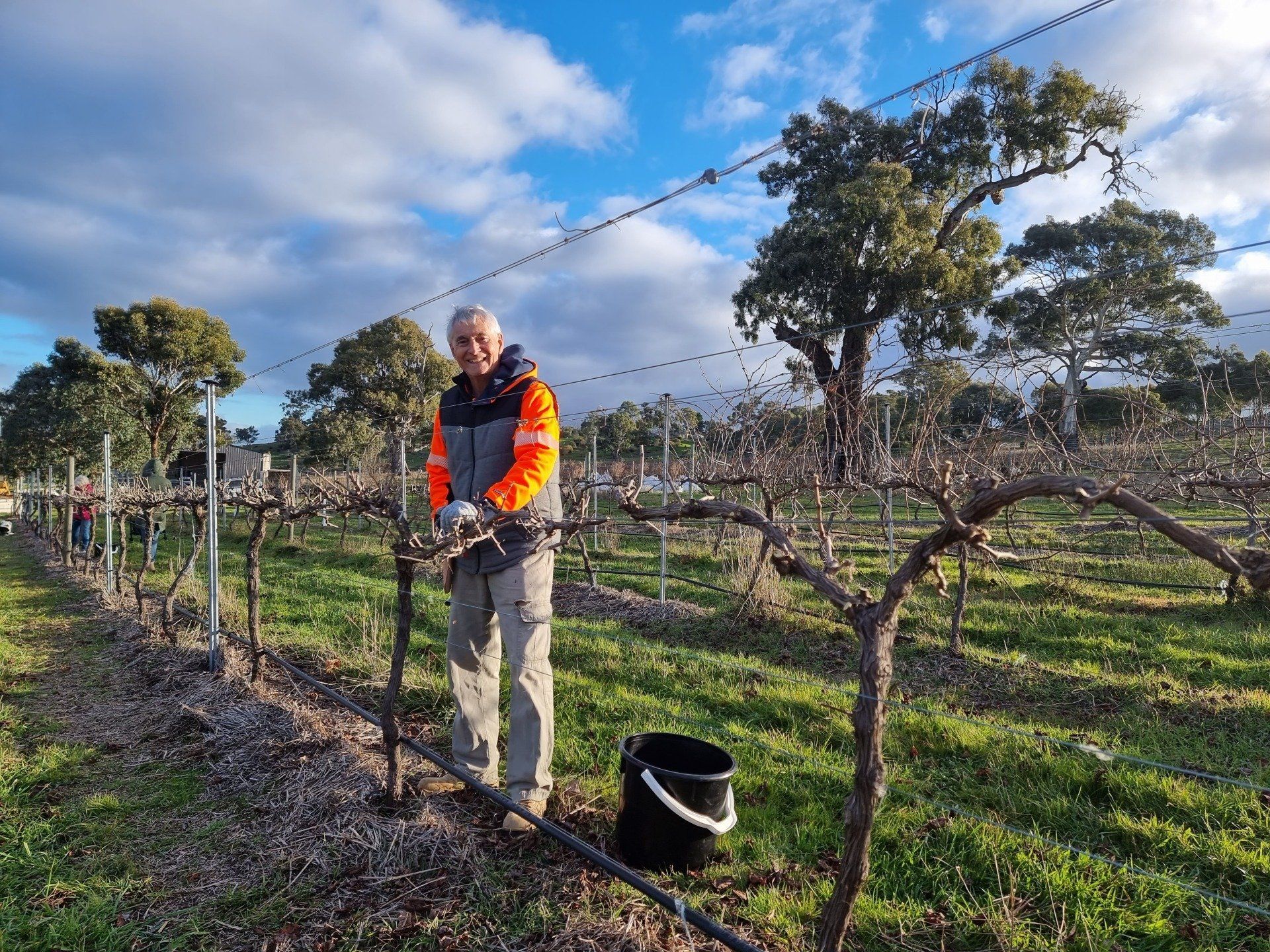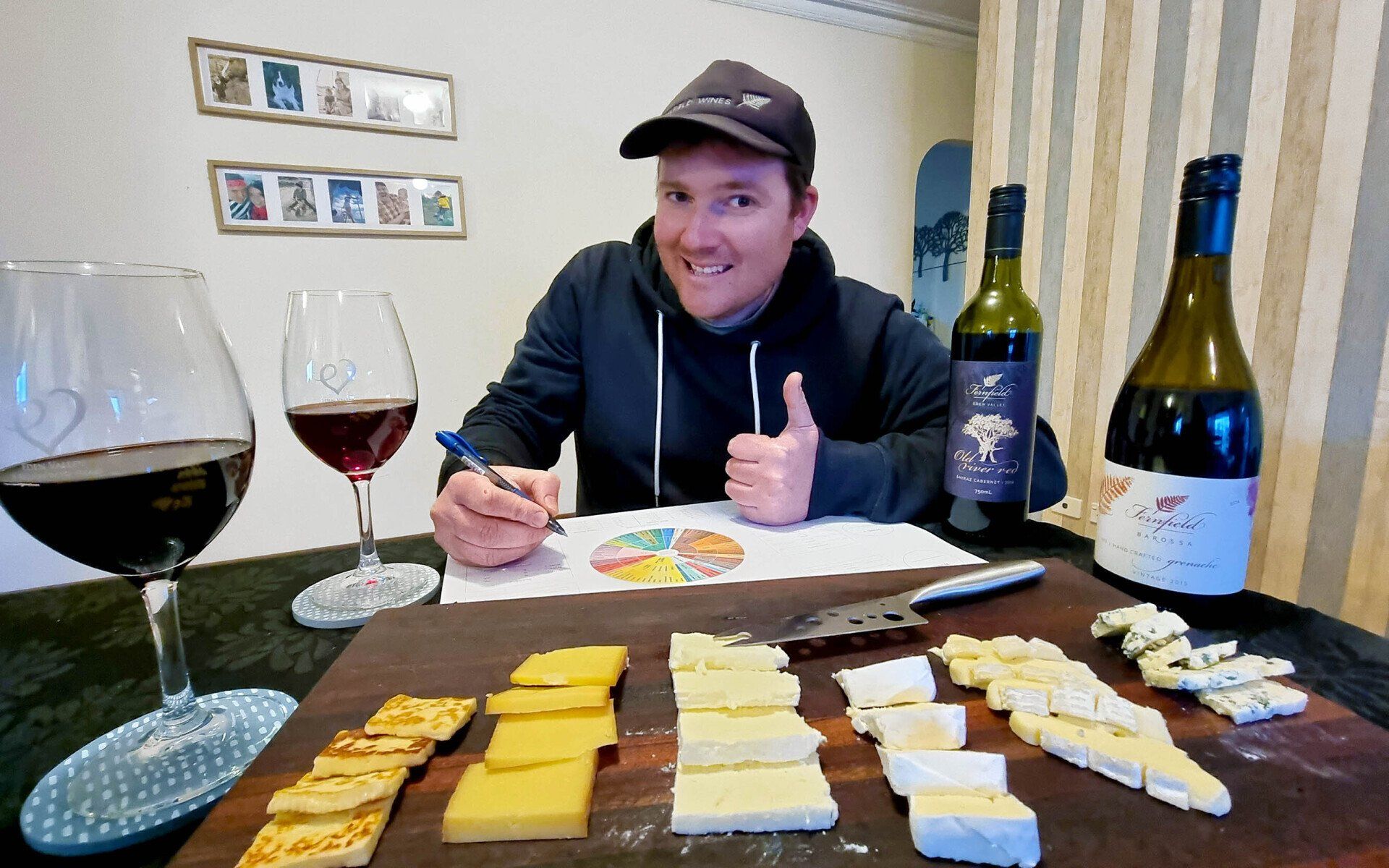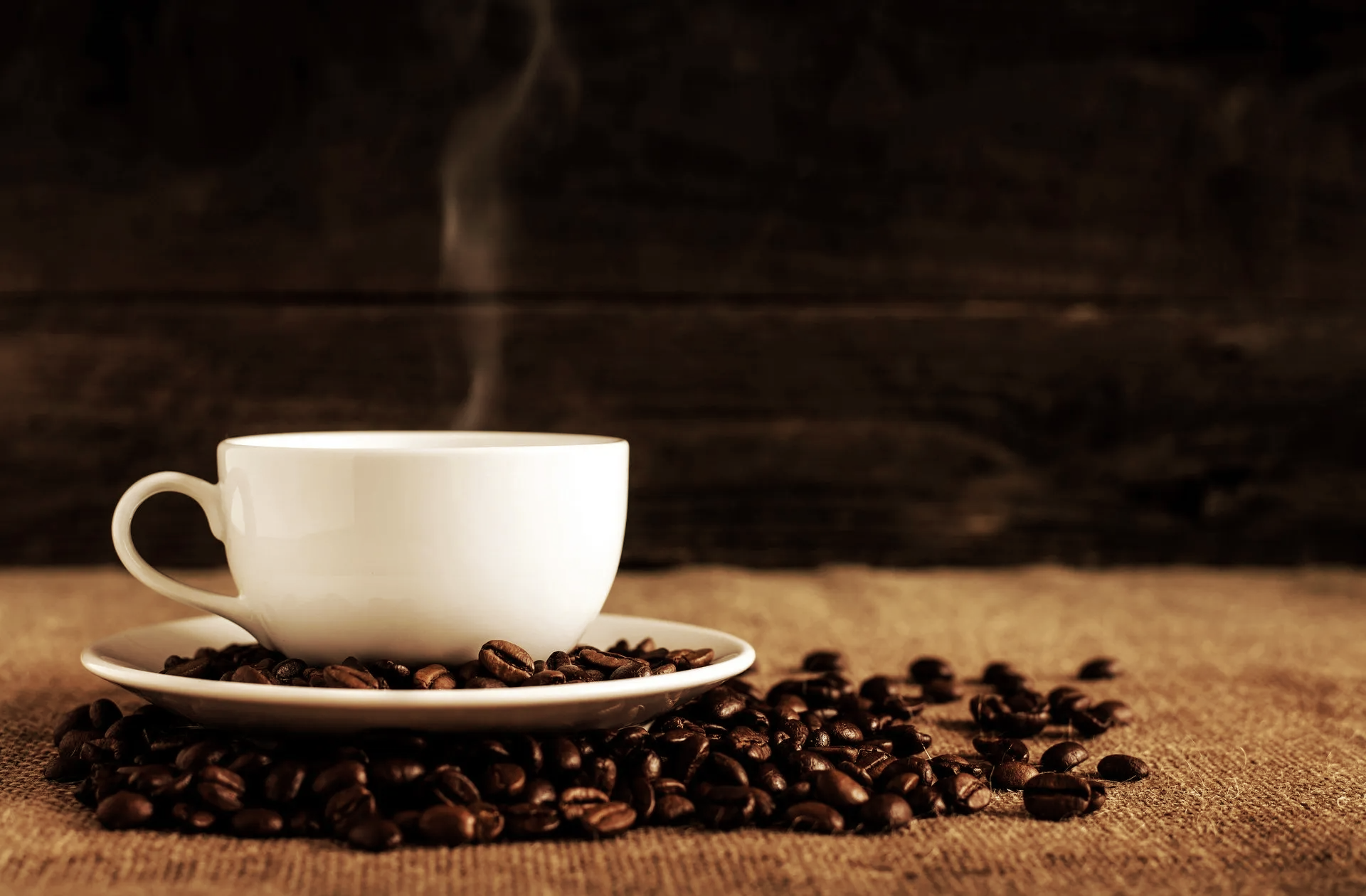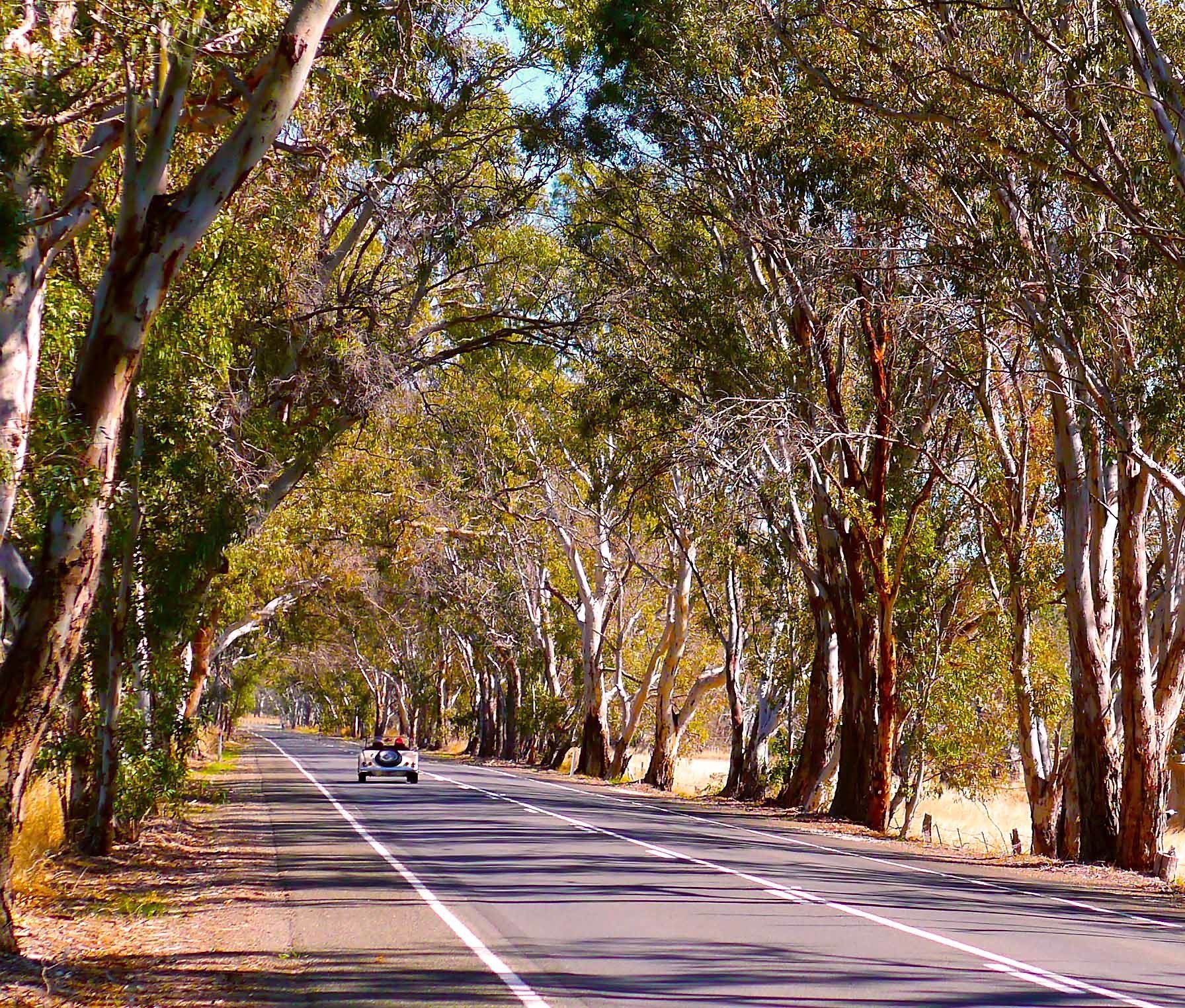It's vintage time in the Barossa! In between picking, pressing and fermenting grapes, Scott and I are still meeting our customers at the cellar door each Friday, Saturday, Sunday and Monday.
Below are answers to some of the most common questions we are asked during vintage time.
How do we decide when to pick grapes?
We use a range of factors to choose when to pick the grapes, with the most important being the various aspects of 'ripeness' of the fruit. these aspects include:
- Baume: This is the sugar content, and therefore alcohol potential, of the grape. Whites are usually ripe at around 10.5-13.5 Baume, and reds at 13-15 Baume, and in March conditions in Eden Valley most varieties ripen at about 0.8-1 Baume per week. This is a good rough indicator but because seasons and vineyards vary, it's not enough to know if the grape is ripe.
- Acidity: We measure the pH, and the 'titratable acidity' of juice, and it's more important in whites than reds. The titratable acidity is a better measure of how the wine will taste, a juice above 8.5g/L acidity will often be too tart (depending on the variety, style and sweetness we're aiming for), and many years we pick whites as soon as the acidity has dropped past 8.5.
- Grape taste & looks: As well as these simple measurements, we also look at a range of factors on the grape itself: How plump it feels, the colour of the seeds and stems, how thick the pulp is, and how the juice and skins taste.
Based on these ripeness aspects, we will look at the weather forecast to predict how long it is until the grape is ready to pick. Hot weather ripens faster than cold, up to about 36deg. Above 36 it's possible for the vines to shut down and stop ripening entirely until the weather cools down, so it's important we test grapes just before and after heatwaves like the one we've just had. As we get closer to ripe we will test more and more often, to drill down to the exact date we want to pick.
What do you do with the pressed grape skins?
We feed them to our sheep!

A lot of wineries send away their grape skins to be processed and distilled into spirits, and some others compost them for a few years to convert them to mulch for the vines, but for us, we find it's best to feed them to our wooly little friends, since it's a good source of nutrition during a dry time of year, it keeps flies away, and they enjoy it! Whenever we bring a bin full of grape skins over the sheep get excited, I guess it's not just humans who value wine!
Why do we control temperature in the winery?
Once the grapes are picked, we use temperature control for a few reasons:
- To prevent unwanted fermentation: With white grapes, we generally want a crisp, bright wine without round, 'fluffy' characters, and to do this, we want the juice to settle for a few days before we start fermentation, and let heavier components settle out of the juice. Of course anyone who has left fruit juice out of the fridge knows that you can't just let juice sit around warm, or it will start fermenting. So we keep white juice below 5deg for a few days to let it settle without fermenting, known as 'cold settling'.
- For optimal fermentation: The yeast that convert sugar to alcohol have an ideal temperature where they're happiest. For more red yeasts this is 20-30deg, and 12-18deg for whites. If we are outside these temperatures, the yeast can become stressed and create off-flavours. Within the yeast's happy range, we also adjust temperatures to promote certain flavours to develop, which is dependant on the grape, the yeast, and the style we're aiming for.
- To promote tartrate deposition: In white wines, later in the process just before bottling, we will once more drop the wine temperature to near freezing. This time, it's to let a thing called tartrates drop out of the wine, so they don't end up in the bottle. Tartrates form naturally in wine, but in a bottle, they can look unsightly (they're called 'wine diamonds' which sounds nice, but they sometimes look more like snow than diamonds). This process is called 'cold stabilisation'.
How do we control temperatures in the winery?
We use a glycol chiller to cool our juice and wine. This is big box with a compressor that cools down a mixture of water and glycol to cold temperatures. The chiller then pumps the liquid through hoses around the winery, where we have hollow stainless steel plates and tubes which we immerse in the wine, and hollow chambers around tanks (known as 'jackets'), which the glycol mixture is pumped through to cool down the wine.
Why glycol and not just water? The problem is that water freezes! We often want temperatures below zero, so glycol helps keep water in a liquid phase.
Sometimes we don't want to cool the wine - we want to warm it. For example red wine ferments, and warming up white juice after cold settling. For this we use the same jackets & plates, but use warm water instead of chilled glycol.

